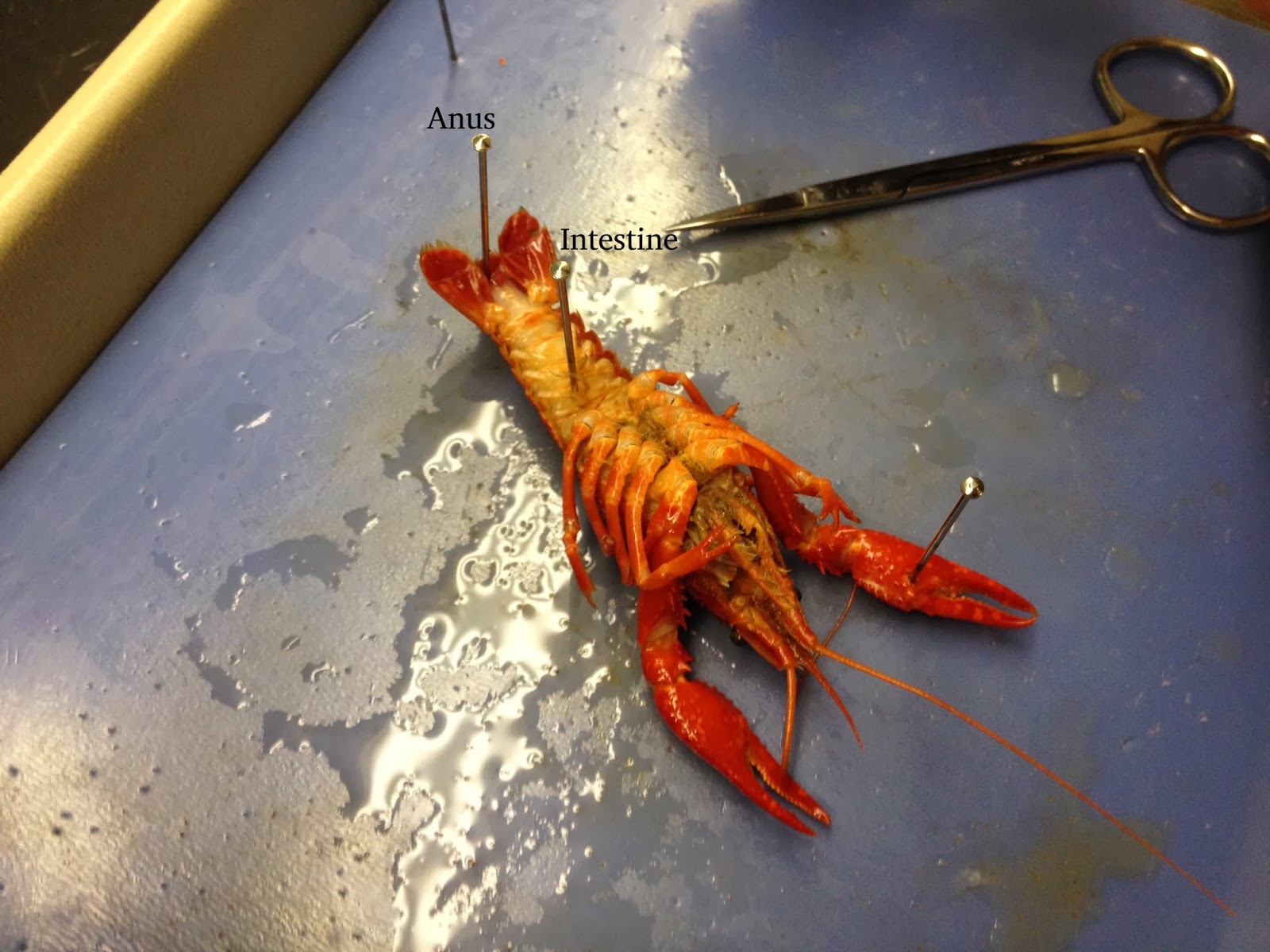Cephalopods
True Facts About the Cuttlefish
True Facts About the Octopus
Habitat
Octopus-
- Usually live in rocks, coral, or burrows.
- Because they’re invertebrates, they are able to squeeze through narrow passages to find homes.
- Homes provide protection and they allow the females to lay their eggs.
Squid-
- Live in warm tropic waters while some live in colder waters.
- They are found near the sea floor, which is about 10,000 feet below sea level.
- They are generally found in four oceans.
- They don’t migrate for new homes.
Mollusks-
- Some are found on shallow coastal areas while others are In deep ocean.
- Usually are found where volcanic sediments come in contact with cold waters.
- They bury themselves in sand, silt, mud, and gravel.
- They are substrates to help support their heavy shells.
Cuttlefish-
- Usually found near the Mediterranean, Baltic, and North Sea coasts.
- They live in temperate waters where the cuttlefish are most comfortable.
- Use their camouflage to blend in with their habitat to hide from predators and hunt prey.
Feeding
Octopus:
- Crabs
- Whelks
- Small fish
- Mollusks
- Clams
- Lobsters
- Sea Worms
- Shrimp
- Pacific Giant Octopus sometimes go after sharks
- Hoki (Grenadier fish)
- Shrimp
- Young sharks and whales (giant and colossal squid)
- Clown fish
- Trigger fish
- Gobies
- Blennies
- Wrasse
- Cardinal fish
- Seahorses
- Damsels
- Tangs
- Crabs
- Shrimp
- Small fish
- Crabs
- Crustaceans
- Carrion
Types
Octopi:
- Found in every ocean, and there are over 100 species.
- They lack feeding tentacles; most lack fins.
- They seize their prey, inject it with paralyzing toxins, then eat it.
- A female octopus attaches her eggs to rocks and guards them until they hatch; then she dies.
- Squids have eight arms, usually two feeding tentacles (longer than arms), and a fin on each side of their mantle.
- They are found in every ocean and are either swimming, floating, or resting on the bottom of the ocean floor.
- Squids that live in shallow waters are active hunters.
- They propel themselves using their siphons and swim/turn using their fins.
- The only cephalopod with an outer shell (today).
- They are nocturnal.
- Can live for about 20 years.
- More than 100 species.
- Eight arms and two long, lightning fast feeding tentacles.
- Named after the chalky internal shell they possess and use for floating.
Migration
•Octopus-
they migrate from shallow deep waters and back again.
•Squid-
they migrate from the north to the south for food and climate change.
•Cuttlefish-
the cuttlefish migrate between May and August between False Bay and Fitzegard Bay
for food.
•Nautilus-Ultrasonic
telemetry techniques were employed to track eleven specimens of Nautilus
pompilius for variable times ranging from one to 78 days at Osprey Reef, Coral
Sea, Australia.
Anatomy
Organs:
- High brain-to-body mass ratio; most intelligent of the invertebrates.
- Three hearts.
- Gills and Siphon for breathing and jet-propulsion respectively.
- Gonads typically at the top of the mantle (head).
- Most have ink sacs.
- Have bird-like beaks, and most have radulas (multiple rows of up to nine teeth).
- Large, highly developed eyes, yet they are colorblind.
Appendages:
- Most have at least eight arms and two or more tentacles
- Arms are lined with suction cups and tentacles usually have the suckers only at the tips
- “Cephalopod” means “head-foot.”
Size and Color:
- As big as 60 feet (Giant Squid) to as little as half an inch (Pygmy Squid).
- Most have chromatophores which stretch and squash to change color.
Nautiluses:
- Still retain exterior shells.
- Have about 90 arms that lack suckers but are rather sticky.








.JPG)
















